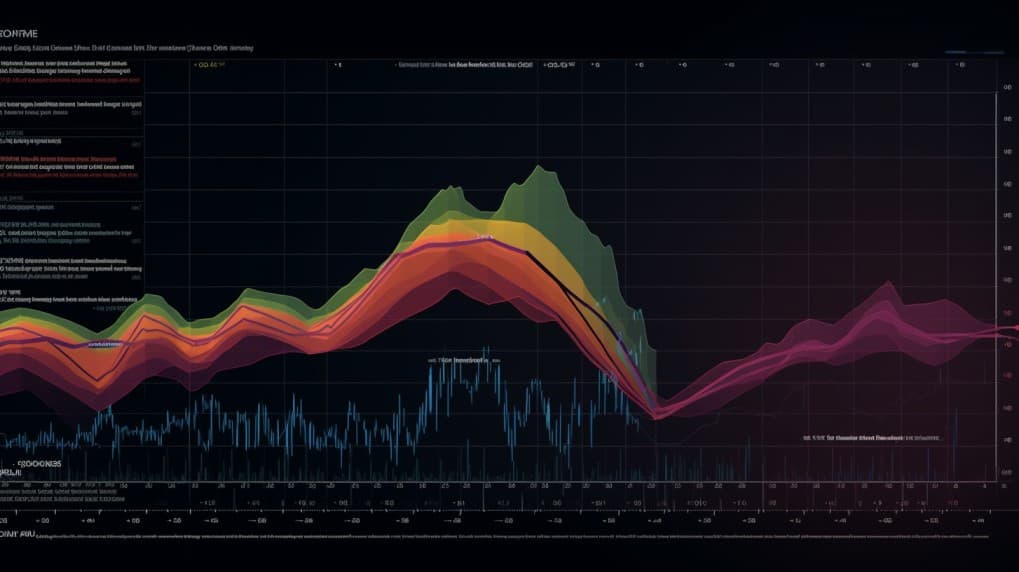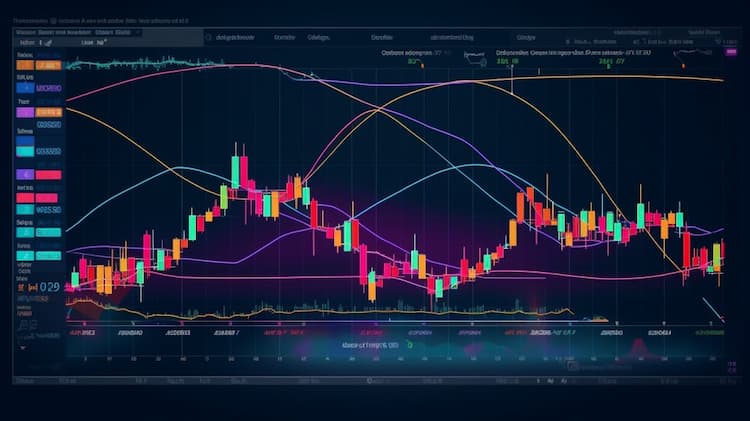
DPST VS XLF: Capitalization Strategy
In the ever-evolving landscape of finance, investors continually seek opportunities to maximize their returns while minimizing risk. Two exchange-traded funds (ETFs) that have recently captured the attention of financial enthusiasts are DPST and XLF. In this article, we'll explore the DPST vs. XLF showdown and delve into their respective sector allocations, top holdings, capitalization strategies, tracking mechanisms, and more.
DPST VS XLF: Overview
Before diving into the specifics, let's briefly introduce DPST and XLF.
DPST, which stands for Direxion Daily Regional Banks Bull 3X Shares, is an ETF designed to provide investors with daily 3x leveraged exposure to the S&P Regional Banks Select Industry Index. In essence, DPST seeks to magnify the performance of regional banks in the U.S. financial sector.
On the other side of the ring, we have XLF, the Financial Select Sector SPDR Fund. XLF aims to track the performance of the Financial Select Sector Index, which includes a wide range of companies in the financial sector, such as banks, insurance companies, and financial services firms.
DPST VS XLF: Sector Allocations and Top Holdings
When it comes to sector allocations, DPST and XLF have distinct strategies.
DPST primarily focuses on regional banks. It leverages its holdings to amplify the returns of this specific subsector within the financial industry. As a result, DPST's sector allocation is heavily skewed towards regional banks, making it a high-beta play in the financial sector.
Conversely, XLF provides investors with a more diversified exposure to the entire financial sector. This ETF holds a basket of financial companies, including major banks like JPMorgan Chase, Bank of America, and Wells Fargo, as well as insurance giants like Berkshire Hathaway. XLF's sector allocation reflects the broader financial market trends.
Top Holdings in DPST include regional banks like SVB Financial Group, Pinnacle Financial Partners, and East West Bancorp. These holdings drive DPST's performance, as any fluctuations in the regional banking sector directly impact the ETF.
In contrast, XLF's top holdings encompass the titans of finance, such as JPMorgan Chase, Bank of America, and Wells Fargo. These behemoths play a pivotal role in shaping the ETF's performance. Therefore, investors in XLF should closely monitor the financial industry's leaders.
 DPST overlap DPST VS XLF
DPST overlap DPST VS XLF
DPST VS XLF: Capitalization Strategy
Now, let's examine the capitalization strategies employed by DPST and XLF.
DPST employs a leveraged strategy, aiming to provide triple the daily returns of its benchmark index. This aggressive approach means that DPST can generate substantial returns during bullish periods but may also incur higher losses in bearish markets. Investors should be aware that leveraged ETFs like DPST are designed for short-term trading and are not suitable for long-term investments.
On the contrary, XLF employs a more traditional and conservative strategy. It aims to replicate the performance of its benchmark index by holding a diversified portfolio of financial stocks. XLF is a non-leveraged ETF, making it a more suitable choice for long-term investors seeking exposure to the financial sector without the amplified risk associated with leverage.
DPST VS XLF: Tracking and Exposure
Tracking and exposure mechanisms are essential considerations when evaluating ETFs.
DPST's tracking and exposure are highly correlated with the daily performance of the S&P Regional Banks Select Industry Index. This ETF rebalances its holdings daily to maintain its 3x leverage, which means that it requires constant monitoring and active management.
XLF, on the other hand, tracks the Financial Select Sector Index. It doesn't use leverage, so its tracking is relatively straightforward. Investors can expect XLF's performance to closely mirror that of the underlying index over the long term.
Conclusion
In the DPST vs. XLF showdown, the choice ultimately depends on your investment objectives and risk tolerance. DPST offers the potential for high short-term returns but comes with higher risk due to its leveraged strategy. XLF, on the other hand, provides diversified exposure to the broader financial sector and is better suited for long-term investors.
Before investing in either of these ETFs, it's crucial to thoroughly research and consider your financial goals. Consulting with a financial advisor or professional can also help you make an informed decision tailored to your specific needs.
In conclusion, DPST and XLF represent two distinct approaches to investing in the financial sector. Whether you prefer the high-octane, leveraged strategy of DPST or the diversified stability of XLF, both ETFs have their merits and risks. As always, remember that investing involves risk, and it's essential to align your investments with your financial objectives and risk tolerance.
Sources:
- Direxion
- SPDR
- S&P Dow Jones Indices
DPST ETF issuer
DPST ETF official page
XLF quote and analysis
Discover the top holdings, correlations, and overlaps of ETFs using our visualization tool.
Our app allows you to build and track your portfolio.
To learn more about the XLF Financial Select Sector SPDR Fund, access our dedicated page now.





